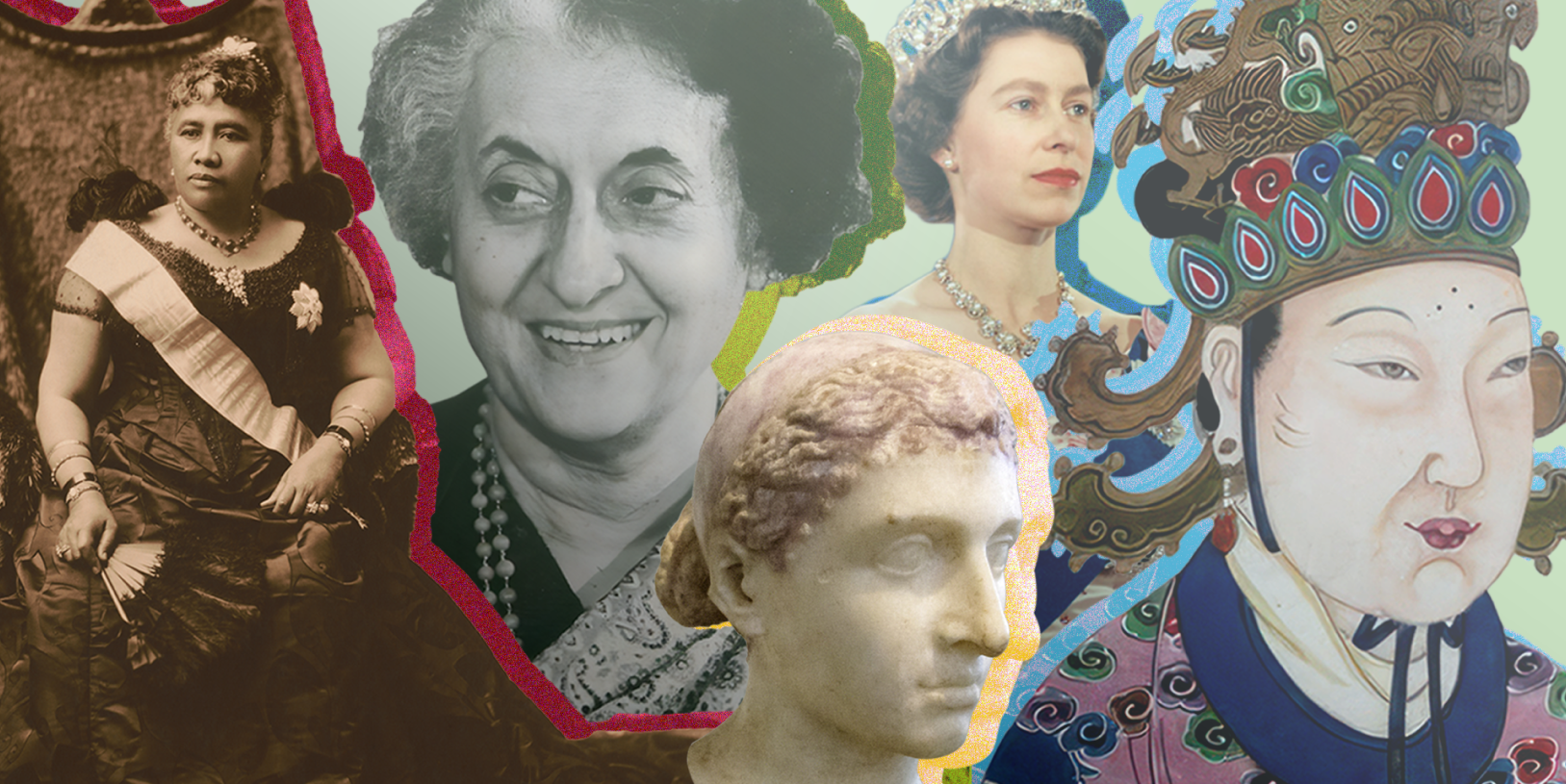Objectives
Janet E. Gomez’s project in the Bachelor of Liberal Studies online course, Female Rulers from Antiquity to Today, centers on fostering student engagement with AI as a tool for learning. Rather than avoiding or banning AI, the project promotes ethical and responsible usage, aiming to equip students with AI literacy to enhance preparedness for the future workforce.
The course itself examines female rulers, and the nature of female leadership, from ancient times to the present, including the unique challenges these leaders encountered and their approaches to navigating social, political, and military spheres. The integration of AI allows students to engage with material in innovative ways, enhancing critical thinking and analytical skills as they study the characteristics of female leadership across various historical contexts. The project’s objective is to create assignments that align AI usage with the course’s broader goals of exploring leadership, resilience, and legacy.
Outcomes
Given that one recurring theme in the course is the bias female leaders often face as an obstacle to success, it felt fitting to experiment with how AI responds when asked about female leaders. Specifically, students used AI image generating tools to create visuals based on their definitions of the characteristics of a female ruler/leader. This low-stakes, optional assignment allowed students, many of whom had never used AI image tools before, to experiment with these technologies and their inherent biases, which are not always immediately apparent to students. The assignment aimed to make such biases explicit and show that, although AI tools are becoming ubiquitous, they are not infallible and often produce inaccurate and/or biased results.
The assignment was optional to encourage experimentation without the pressure of consequences, allowing students to freely explore the technology and see what reactions it might provoke. Most students eagerly participated, selecting from AI tools such as Night Cafe, DALL-E, HotSpot AI Art Generator, and Fotor Free AI Image Generator. The assignment fostered a lively exchange, with students engaging enthusiastically with each other’s posts, showing curiosity and sometimes even surprise at the results.
In their reflections, students independently noted several key observations. First, they noticed racial and gender biases, finding that without specific prompts, AI often defaulted to producing images of white men, or less frequently, white women rather than women of color. They also observed the importance of iterative prompt engineering, as initial prompts often yielded unintended results, requiring adjustments to achieve the desired outcome. Additionally, they discovered that specificity greatly improved accuracy, although in some cases, they even received non-human results.
This assignment was a simple yet effective way to introduce AI tools into the classroom, especially in an online environment. Future iterations of the course will include one or two more AI-integrated assignments, while encouraging more prompt engineering, and incorporating additional reflection opportunities.
Team

Janet E. Gomez, Ph.D.
School of Continuing Studies, Bachelor of Liberal Studies, Adjunct Lecturer

